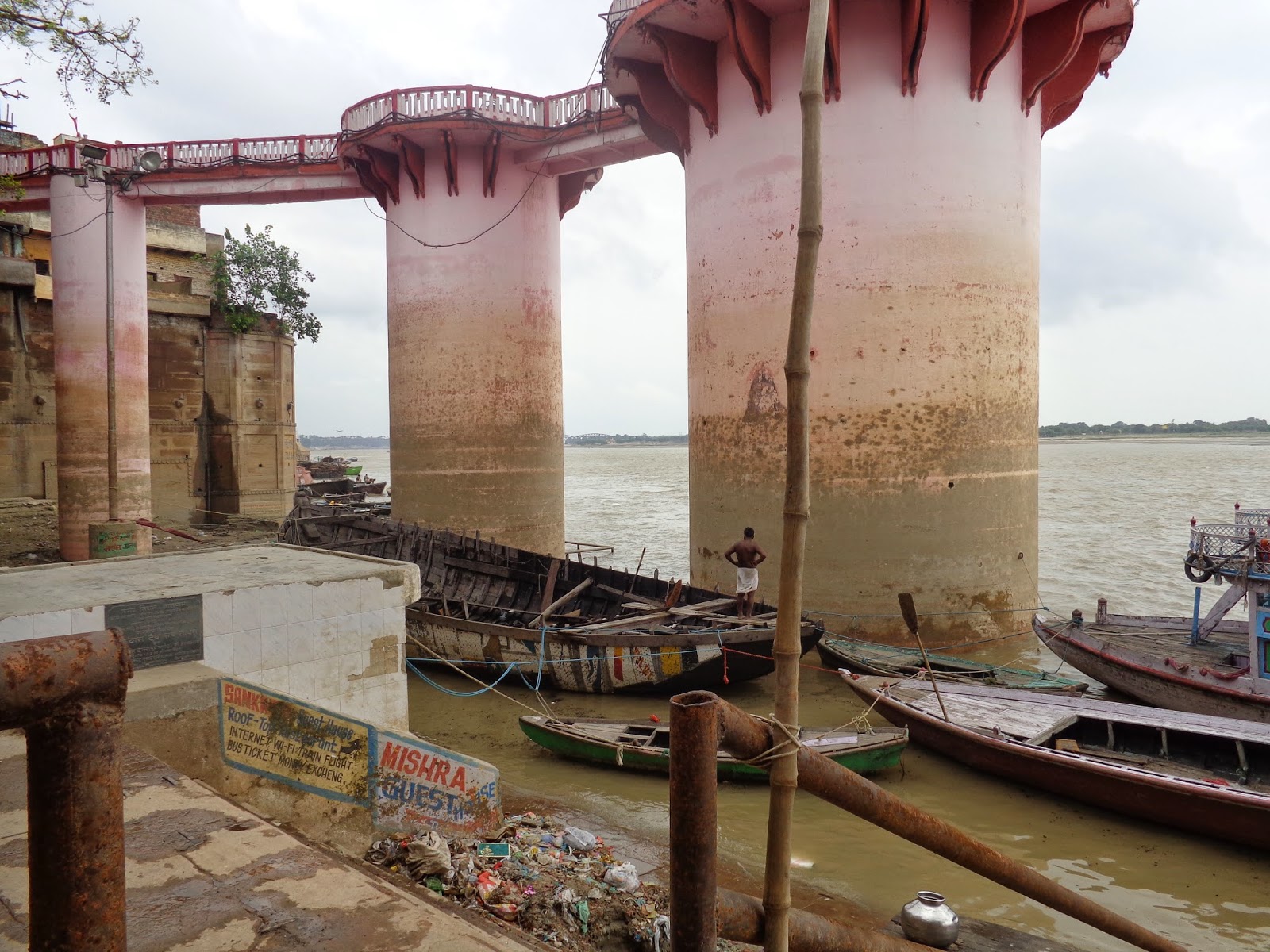Keeping Ganga Clean
Keeping Ganga Clean
The Holy River of
Ganga runs its course of over 2500 kms from Gangotri in the Himalayas to Ganga
Sagar in the Bay of Bengal through 29 cities and about 48 towns. It is a river
with which the people of India are attached spiritually and emotionally. In
December 1984, the Government of India launched Ganga Action Plan (GAP) as a
100 per cent centrally
sponsored scheme for immediate reduction of pollution load on the river Ganga. Even
the Phase-II project of the GAP, which should have been completed by March 2013
in Varanasi, has so far attained only 12% progress. In the wake of such a slow pace
of work one can imagine how the Mission Clean Ganga will be achieved by 2020.
Over the past two decades more than Rs 40,000-crore has been spent on cleaning river Ganga without attaining any tangible outcome. Perhaps undue investment on technical aspects like creating sewage treatment plants to prevent the pollution in river Ganga without involving people living on the banks of the river are the reasons for it. It is worth mentioning here that no action plan of this magnitude can succeed without the involvement of the people and the civil society. The role of civil society is indispensable in monitoring the progress of work being done by local authorities through social audit. The successful completion of the river cleaning programmes for rivers like Thames, Rhine and Danube in Europe could be facilitated by the increasing involvement of the civil society. Similar modalities are called for in India as well.
#GangaClean #Ganga #HolyRiver #India #River #Danube #Europe #Himalaya #BayofBengal





Comments
Post a Comment